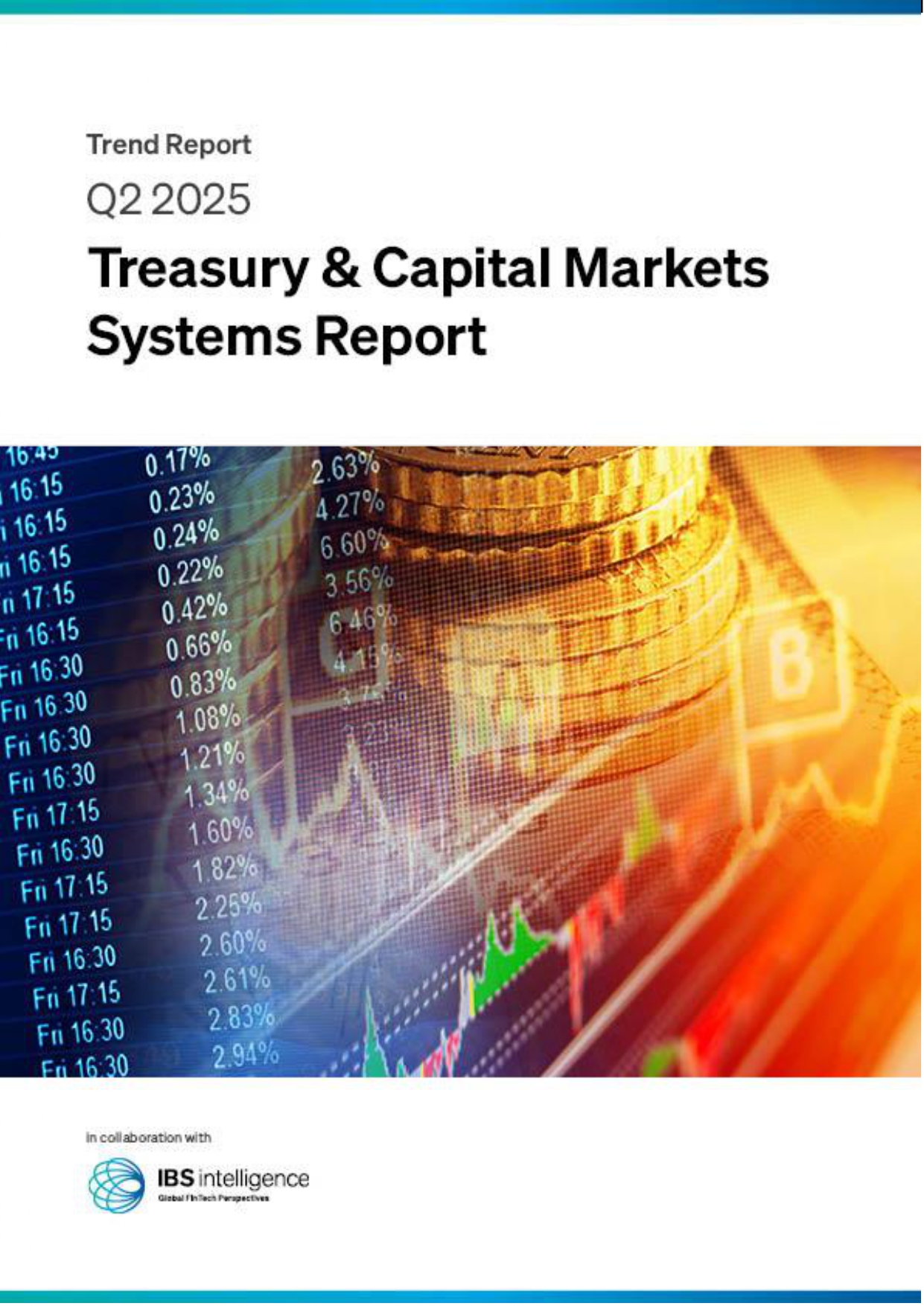 Back
Back
What is computational governance, and why is it key to the future of compliance?

By Andrea Novara, Engineering Lead | Banking & Payments Business Unit Leader at Agile Lab
The modern finance industry continues to collect, store, and manage data with enormous enthusiasm. Driven by digital transformation, organisations everywhere are working hard to capitalise on the intrinsic value of being ‘data-driven’. This has led to an unprecedented period of innovation, consumer choice, and, at the same time, growing complexity.
The accompanying technology investment trends are now well established. A recent industry report, for example, revealed that 90% of banks are currently pursuing a digital transformation strategy. On average, they are spending over $750,000 per $1 billion in assets on digital investments – up from a little over $200,000 just two years ago. This represents 26% of total technology spending across the sector and is a considerable financial commitment.
At the same time, the regulatory environment has been strengthened considerably to protect the integrity of financial ecosystems and consumer rights. The arrival of rules such as GDPR, the Digital Operational Resilience Act (DORA), and a range of other laws have set the tone for governance going forward. Financial institutions now have a heavy regulatory load to deal with and must balance their data protection obligations with business objectives.
Unlocking the value of data while staying compliant
In this context, there are many financial businesses that own huge datasets with considerable but untapped value. Whether it’s information about customer buying habits, product performance, emerging market trends, or a host of other metrics, bridging the gap between data and insight can potentially deliver a significant competitive advantage. The challenge here is not only how to deliver on these important objectives but do so while keeping pace with data management governance requirements.
For example, legacy approaches to data management mean datasets might reside across disparate and siloed systems, incompatible formats and even different countries. This can add a massive level of complexity to the tasks associated with data governance, often requiring significant and time-consuming levels of human intervention. As a result, employees can be required to focus on tasks such as validating data integrity, audits, and reporting, and while all of these contribute towards effective governance, none are directly revenue-generative.
For these teams, computational governance provides a way to apply governance throughout the data lifecycle, giving them a consistent framework to remain compliant no matter where their data resides. Crucially, it does so by overseeing existing data tools and technologies instead of replacing them so organisations can leverage their existing data silos so that every data-related requirement meets relevant standards at all times.
Computational governance platforms don’t generate data but operate as a governance layer to translate external regulations and internal policies into automated compliance activities. By putting pre-defined guardrails in place, data can’t be applied to production environments until specific policies have been satisfied, enabling organisations to minimise the governance risks associated with digital transformation and other business initiatives.
For instance, armed with the ability to create intelligent templates to help automate data-related technologies, teams can build and implement governance specifications, standards, and policies with much greater speed and accuracy than traditional processes. This can be enormously beneficial in today’s business environment, where strategic agility and being quick to market with innovative ideas can deliver tremendous bottom-line benefits.
By doing so, they can put themselves in a much stronger position to leverage data to meet business objectives, safe in the knowledge that they are meeting their regulatory obligations. In the case of product managers, for example, computational governance can help provide an environment from which to build new products or services using existing data sources without additional effort or, crucially, the need to start from scratch.
Looking ahead, organisations that apply computational governance can move away from risky legacy strategies where siloed repositories and disparate technical teams could give rise to governance failures. Instead, automated systems can help maintain compliance with external regulations and internal standards to deliver a win-win of agile, data-led business innovation backed by highly effective processes.
IBSi News
Get the IBSi FinTech Journal India Edition
- Insightful Financial Technology News Analysis
- Leadership Interviews from the Indian FinTech Ecosystem
- Expert Perspectives from the Executive Team
- Snapshots of Industry Deals, Events & Insights
- An India FinTech Case Study
- Monthly issues of the iconic global IBSi FinTech Journal
- Attend a webinar hosted by the magazine once during your subscription period
₹200 ₹99*/month
* Discounted Offer for a Limited Period on a 12-month Subscription
IBSi FinTech Journal
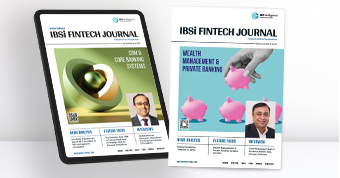
- Most trusted FinTech journal since 1991
- Digital monthly issue
- 60+ pages of research, analysis, interviews, opinions, and rankings
- Global coverage
Other Related Blogs
July 10, 2025
Digital credit as the new emergency fund: how millennials are redefining financial resilience
Read MoreJune 27, 2025
Intelligent payment orchestration – why 2025 is an inflection point for banks in Europe
Read MoreRelated Reports
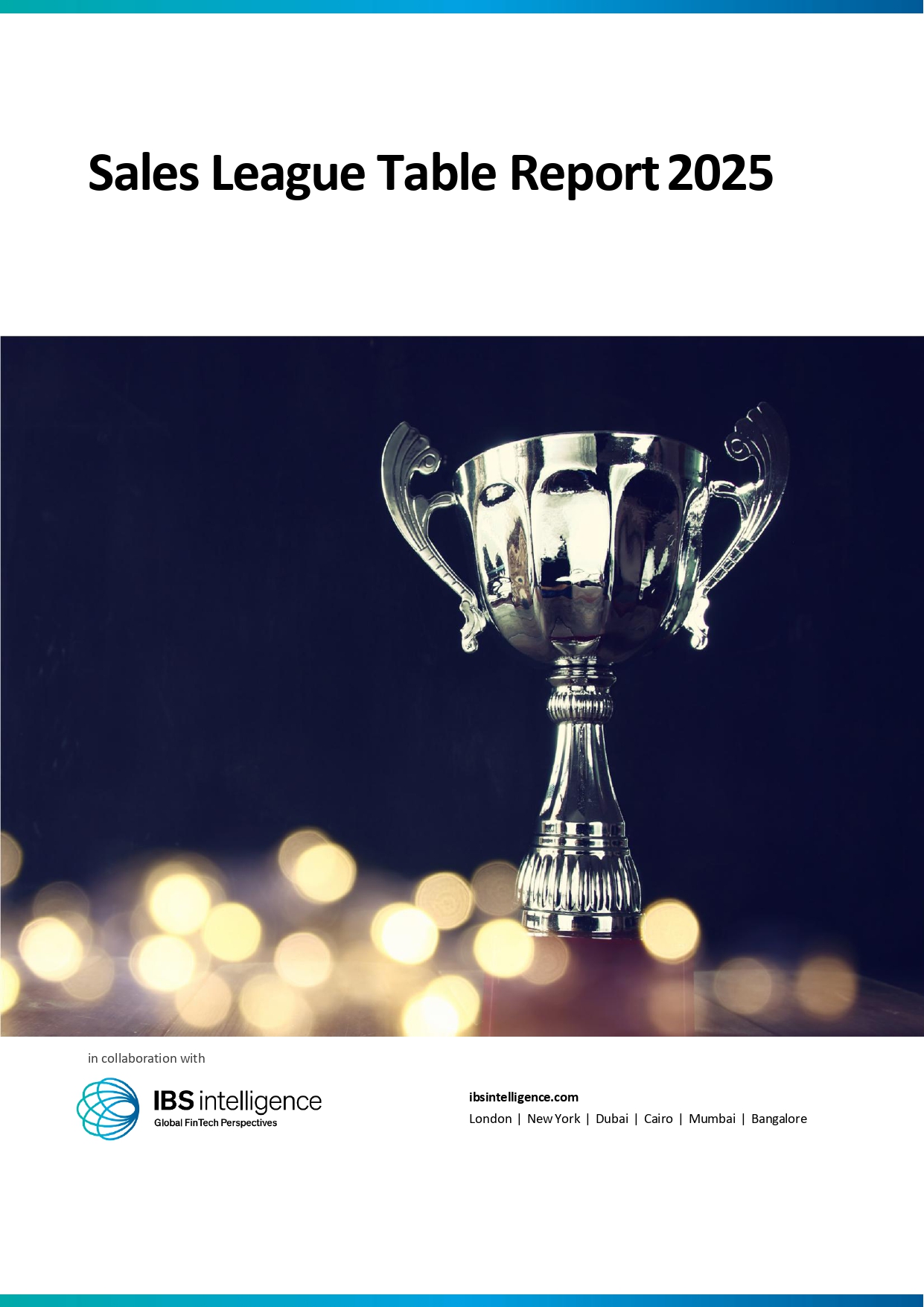
Sales League Table Report 2025
Know More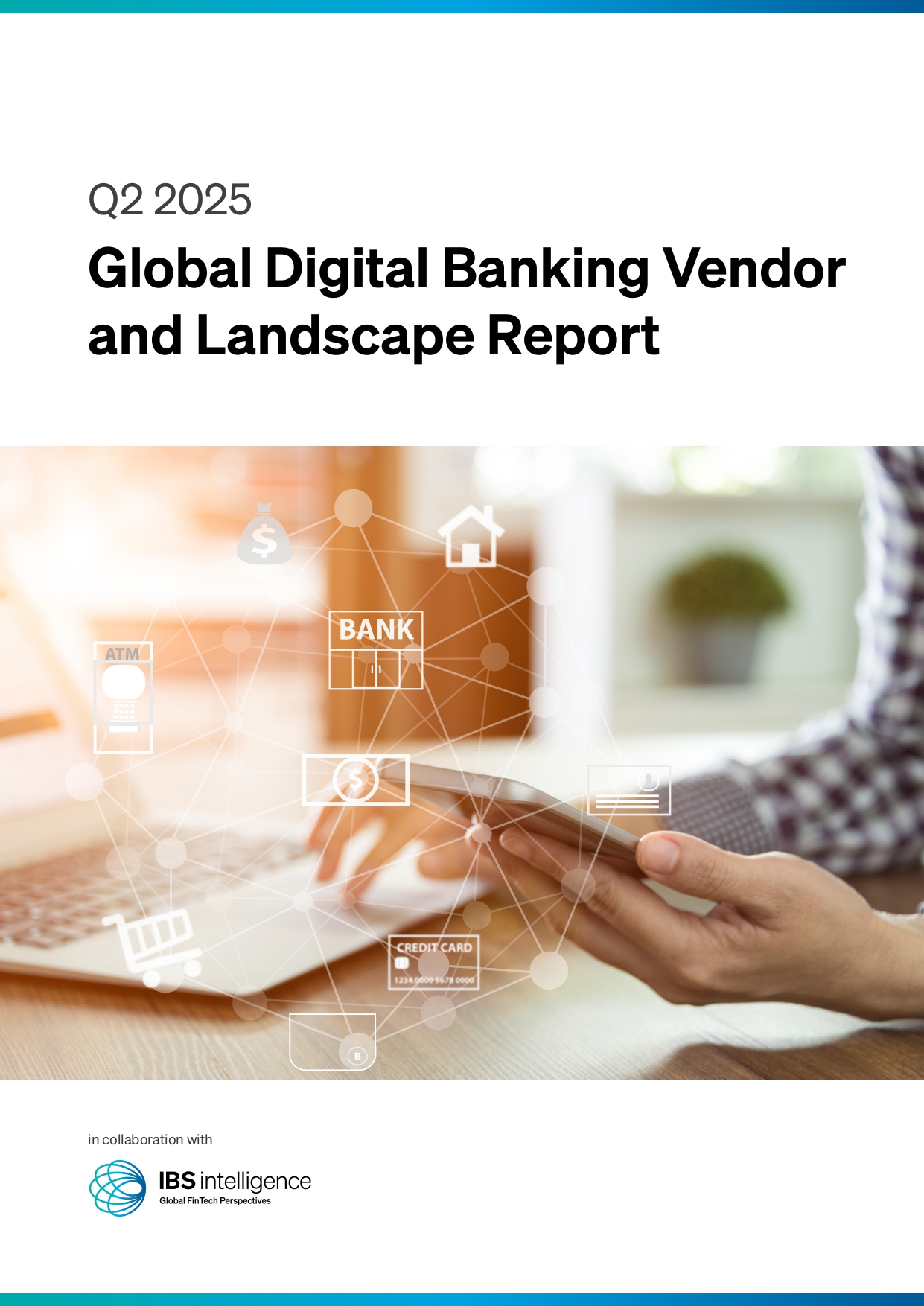
Global Digital Banking Vendor & Landscape Report Q2 2025
Know More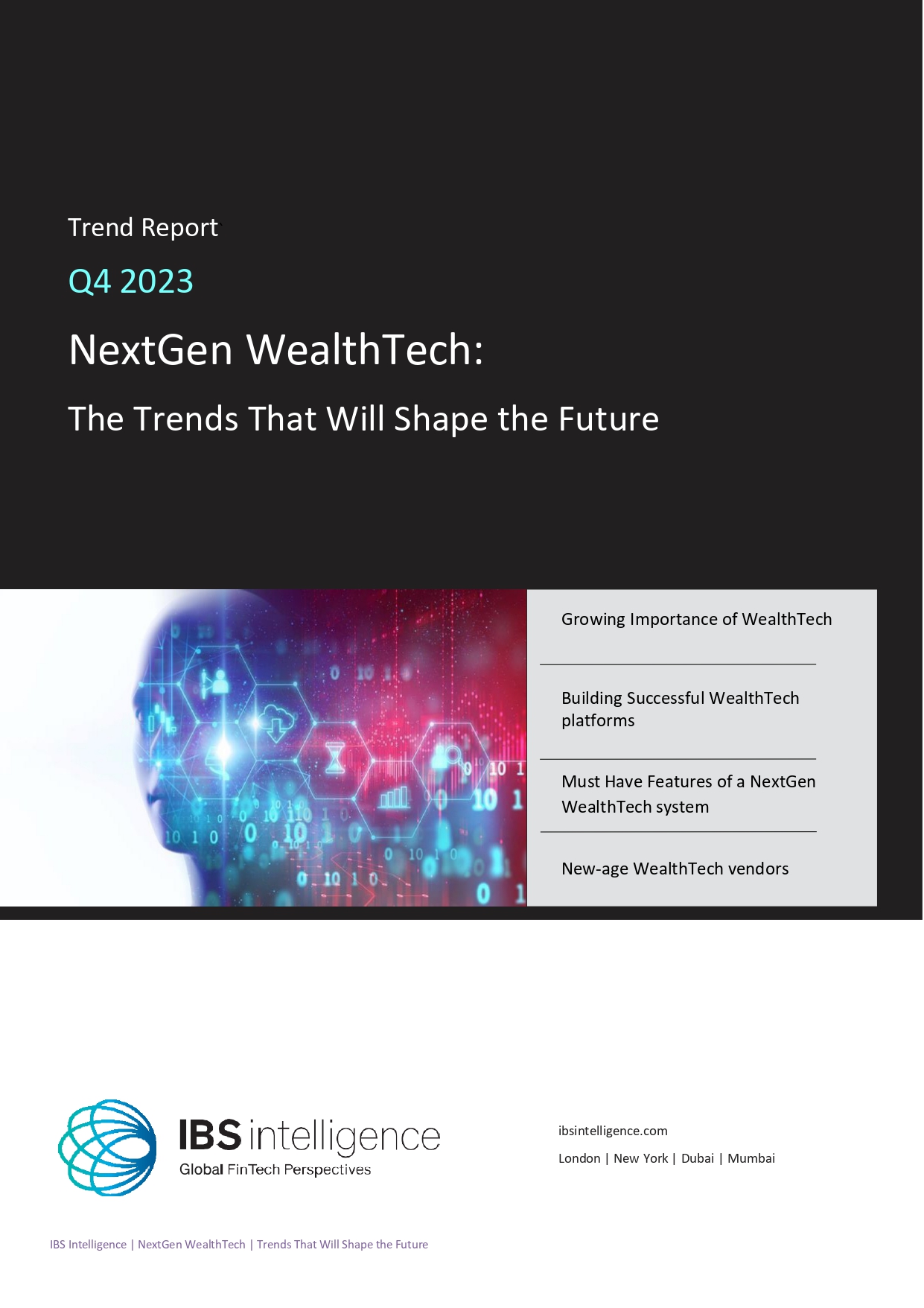
NextGen WealthTech: The Trends To Shape The Future Q4 2023
Know More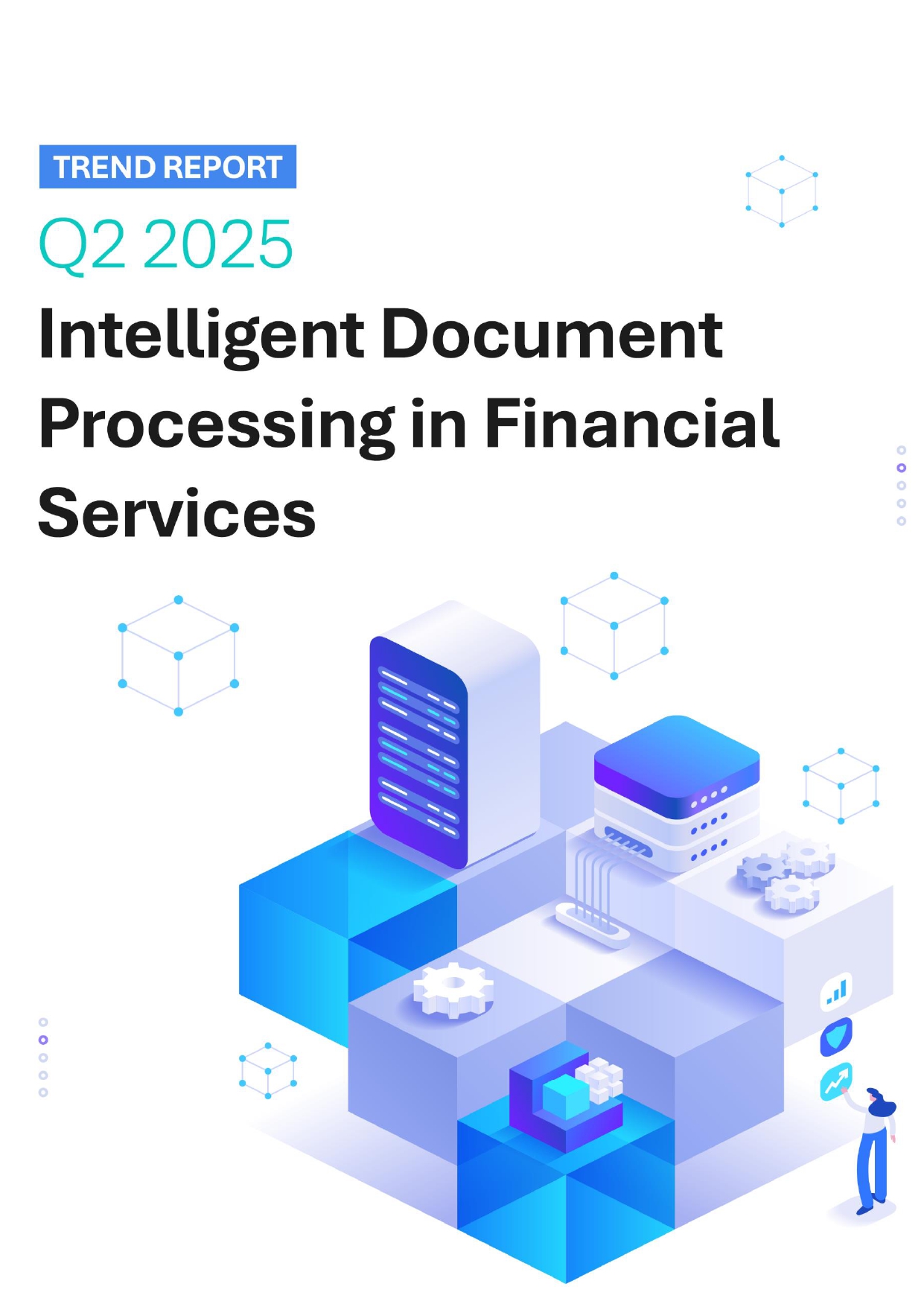
Intelligent Document Processing in Financial Services Q2 2025
Know More